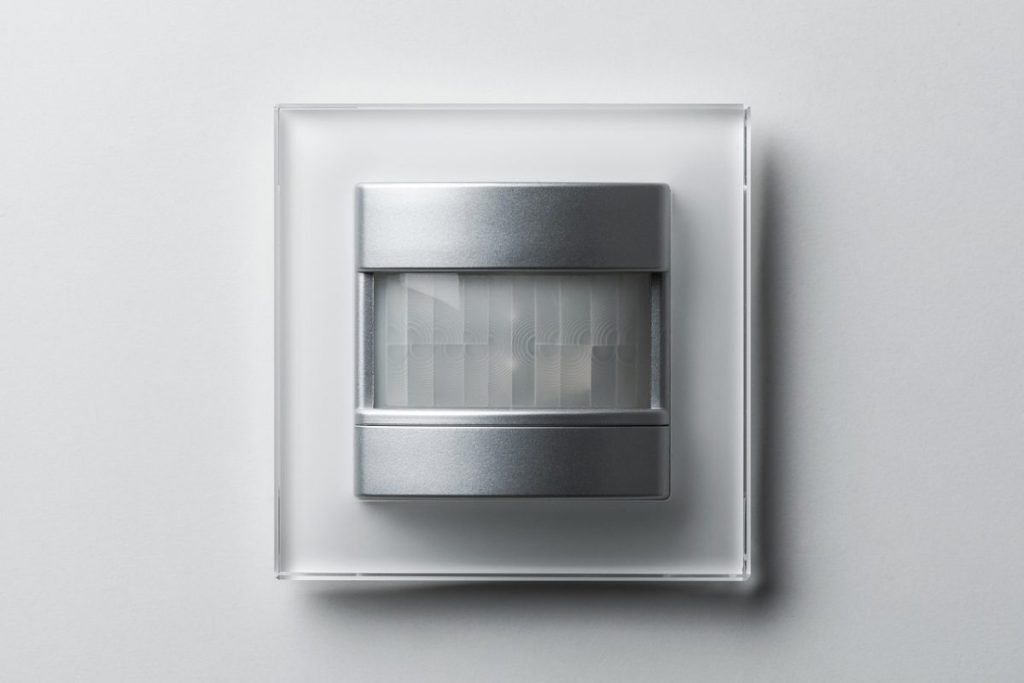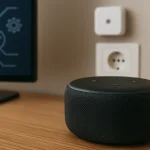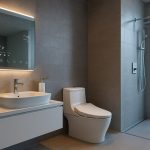The Internet of Things (IoT) has revolutionized how we interact with the world around us, offering endless possibilities for innovation. If you’re new to IoT, diving into a project might seem intimidating at first. However, you don’t need to build a complex smart city to get started! By starting small, you can develop practical skills and gradually scale up your ambitions. Here are some beginner-friendly IoT project ideas that can ignite your creativity and help you take the first step into this exciting field.
1. Smart Plant Watering System
Do you always forget to water your plants? Or perhaps you’re worried about overwatering them? A smart plant watering system is a simple yet effective IoT project that can save your plants while teaching you the basics of sensors and automation.
What You’ll Need:
- Soil moisture sensor
- Arduino or Raspberry Pi
- Water pump and relay
- A small container for water
How It Works:
The soil moisture sensor monitors the soil’s moisture level. If it falls below a certain threshold, the system triggers the water pump to hydrate your plant. You can even connect the setup to an app or email alert for remote monitoring.
Learning Outcome:
This project helps you understand how sensors collect data and trigger automated actions—a fundamental principle of IoT.
2. IoT-Based Home Temperature Monitor
Keep an eye on the temperature of your home or a specific room with a DIY temperature monitoring system.
What You’ll Need:
- DHT11 or DHT22 temperature and humidity sensor
- Wi-Fi-enabled microcontroller (like ESP8266 or ESP32)
- IoT dashboard platform (like Blynk or ThingSpeak)
How It Works:
The sensor collects temperature and humidity data, which is sent to your chosen IoT platform via Wi-Fi. You can view real-time data on your smartphone or computer and even set alerts if the temperature goes beyond a specific range.
Learning Outcome:
This project introduces you to data logging and visualization—key components in IoT development.
3. Motion-Activated Smart Lights
Create a motion-activated smart lighting system to light up rooms automatically when someone enters and turn them off when the room is empty.
What You’ll Need:
- PIR (Passive Infrared) motion sensor
- Wi-Fi-enabled microcontroller
- Relay module to control the light bulb
How It Works:
The motion sensor detects movement and triggers the relay to turn on the lights. With a bit of coding, you can add a delay timer to switch the lights off after a set period of inactivity.
Learning Outcome:
This project teaches you how to integrate motion sensors into IoT applications and automate everyday tasks.
4. Smart Door Lock System
Secure your home with a smart lock that you can control from your smartphone or computer.
What You’ll Need:
- Servo motor or electronic door lock
- RFID reader or keypad for local access
- Wi-Fi-enabled microcontroller
How It Works:
Using an RFID card or a custom mobile app, you can lock and unlock your door remotely. Combine this with a motion sensor or camera for added security.
Learning Outcome:
This project dives into smart security systems and basic home automation concepts, including hardware-software integration.
5. IoT Weather Station
A DIY weather station lets you track environmental data like temperature, humidity, and pressure.
What You’ll Need:
- BMP180 or BME280 (temperature, pressure, and humidity sensor)
- Wi-Fi-enabled microcontroller
- IoT dashboard (like Adafruit IO or Node-RED)
How It Works:
The sensor collects environmental data, which is sent to the IoT platform for display. You can visualize trends, create alerts, and even share data with friends.
Learning Outcome:
This project focuses on real-time data collection, transmission, and visualization.
6. Smart Energy Meter
Monitor your household energy usage with a smart energy meter and make your home more energy-efficient.
What You’ll Need:
- Current sensor (like ACS712)
- Wi-Fi-enabled microcontroller
- IoT platform for data analysis
How It Works:
The current sensor measures electricity consumption, and the data is transmitted to an IoT dashboard. You can set alerts for excessive usage or analyze trends to reduce energy waste.
Learning Outcome:
This project combines hardware measurements with IoT data logging, offering insights into energy management.
7. IoT Pet Feeder
Ensure your furry friend never misses a meal with an automated pet feeder you can control remotely.
What You’ll Need:
- Servo motor or stepper motor for dispensing food
- Wi-Fi-enabled microcontroller
- RTC (Real-Time Clock) module for scheduled feeding
How It Works:
Using an app or web interface, you can schedule feeding times or manually trigger the feeder. Add a camera to monitor your pet while you’re away.
Learning Outcome:
This project gives you experience in creating practical, real-world IoT applications.
8. Smart Garbage Bin
Make waste management smarter with a sensor-enabled garbage bin that notifies you when it’s full.
What You’ll Need:
- Ultrasonic sensor
- Wi-Fi-enabled microcontroller
- IoT dashboard or mobile app
How It Works:
The ultrasonic sensor detects the garbage level in the bin. When it reaches a certain height, the system sends a notification to your phone, reminding you to empty it.
Learning Outcome:
This project highlights IoT’s role in smart city solutions and resource management.
9. Home Automation with Voice Control
Integrate voice assistants like Amazon Alexa or Google Assistant into your home automation projects.
What You’ll Need:
- Smart plugs or relays
- Wi-Fi-enabled microcontroller
- Integration with Alexa or Google Assistant API
How It Works:
Control lights, fans, or other appliances using voice commands. This project combines IoT with natural language processing for a seamless user experience.
Learning Outcome:
Learn about IoT ecosystem integrations with popular platforms.
10. Air Quality Monitoring System
Keep track of your indoor air quality with a simple monitoring system.
What You’ll Need:
- MQ-135 air quality sensor
- Wi-Fi-enabled microcontroller
- IoT dashboard for data visualization
How It Works:
The sensor measures air quality levels, including harmful gases, and sends the data to your IoT platform. Set alerts for poor air quality and take action to improve ventilation.
Learning Outcome:
This project emphasizes the health and safety applications of IoT technology.
Closing Thought
IoT is a vast field with endless possibilities, and the best way to learn is by building projects that solve real problems. Starting small allows you to grasp the core concepts of IoT, such as sensors, connectivity, and automation. As you gain confidence, you can expand on these ideas and tackle more ambitious projects. So, pick a project that excites you, and take the first step toward becoming an IoT innovator!
- Local AI in Smart Homes: What Happens When the Cloud Goes Down?
 In the age of cloud computing and always-connected devices, smart homes have become increasingly dependent on the internet. But what happens when your connection drops? That’s where local AI comes into play. This article explores the benefits, limitations, and future of local AI in smart homes systems—and why it might be the key to a…
In the age of cloud computing and always-connected devices, smart homes have become increasingly dependent on the internet. But what happens when your connection drops? That’s where local AI comes into play. This article explores the benefits, limitations, and future of local AI in smart homes systems—and why it might be the key to a… - Hidden Features of Your Smart TV You’re Probably Not Using — But Should
 Smart TVs have come a long way since their early days. While most people use them for Netflix, YouTube, and the occasional screen mirroring session, today’s smart TVs pack a wealth of features that often go unnoticed. These hidden gems can transform your entertainment experience, improve convenience, and even tighten your home security. In this…
Smart TVs have come a long way since their early days. While most people use them for Netflix, YouTube, and the occasional screen mirroring session, today’s smart TVs pack a wealth of features that often go unnoticed. These hidden gems can transform your entertainment experience, improve convenience, and even tighten your home security. In this… - Is My Smart TV Spying on Me? How to Protect Your Privacy
 Smart TV Privacy – In today’s connected homes, smart TVs are as common as coffee makers — but have you ever wondered if your smart TV is watching you back? It’s not just paranoia. With microphones, cameras, and internet connections, smart TVs can pose serious privacy risks if not properly managed. Let’s dive into what…
Smart TV Privacy – In today’s connected homes, smart TVs are as common as coffee makers — but have you ever wondered if your smart TV is watching you back? It’s not just paranoia. With microphones, cameras, and internet connections, smart TVs can pose serious privacy risks if not properly managed. Let’s dive into what… - Smart Bathrooms: Hygiene and Automation Combined
 In 2025, the bathroom is no longer just a functional space—it’s a hub of innovation. With the rise of smart home technology, bathrooms are getting a high-tech makeover. From automatic faucets to AI-powered mirrors, the smart bathroom combines hygiene and automation to create a cleaner, more convenient daily experience. Let’s explore what this transformation means,…
In 2025, the bathroom is no longer just a functional space—it’s a hub of innovation. With the rise of smart home technology, bathrooms are getting a high-tech makeover. From automatic faucets to AI-powered mirrors, the smart bathroom combines hygiene and automation to create a cleaner, more convenient daily experience. Let’s explore what this transformation means,… - Voice Assistants vs Smart Home Hubs: What Should You Choose?
 In today’s connected homes, convenience is only a voice command away. But when building or upgrading a smart home, many people face a common dilemma: Should you rely on voice assistants like Alexa or Google Assistant, or opt for a dedicated smart home hub like SmartThings or Hubitat? Both systems offer powerful ways to automate…
In today’s connected homes, convenience is only a voice command away. But when building or upgrading a smart home, many people face a common dilemma: Should you rely on voice assistants like Alexa or Google Assistant, or opt for a dedicated smart home hub like SmartThings or Hubitat? Both systems offer powerful ways to automate…







